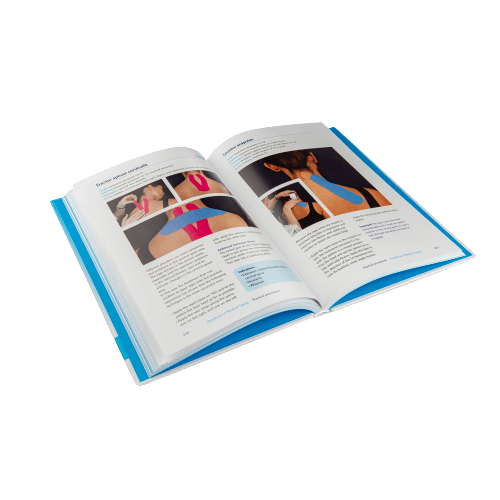When babies start walking independently, they often walk on tiptoe during their early stages of development. Typically, this behavior resolves on its own by around two years of age. Babies generally begin walking between 10 and 18 months, with the average age being around 14 months. It’s normal if they continue to do this in the first three to six months after learnign to walk. If a child continues to walk on tiptoe regularly after three years of age, it may be worth further investigation by a physiotherapist.
What is examined in toe walking?
Doctors or physiotherapists will examine congenital anomalies in bones and/or joints, typically using X-rays or by assessing ankle joint mobility. If no abnormalities are detected, they may investigate issues with muscles, tendons, or nervous system control. Tight tendons and muscles, stiff joint capsules, or disrupted control, such as in spasticity, could be potential causes.
Habitual toe walking
When children persistently walk on their toes without any apparent reason, it’s termed habitual toe walking. This behavior is quite common and often runs in families, though its exact cause remains unknown. Consulting a pediatric physiotherapist is advisable if toe walking continues. Usually, children don’t experience pain while walking on their toes. However, years of toe walking can lead to shortened Achilles tendons, which may cause discomfort. Kinesiology taping can be effective in cases of shortened Achilles tendons or increased tension in the calf muscles. Typically, these issues resolve as the child grows taller and heavier.
Get started with these items to tape for tiptoeing
-
CureTape® Classic Kinesiology Tape
-15%Bestseller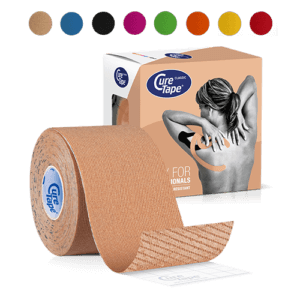 $16.96
In stockSelect options This product has multiple variants. The options may be chosen on the product page
$16.96
In stockSelect options This product has multiple variants. The options may be chosen on the product page -
CureTape® Sports Extra Sticky Kinesiology Tape
-15%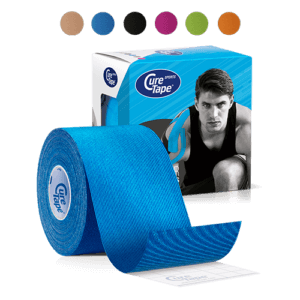 $18.66
In stockSelect options This product has multiple variants. The options may be chosen on the product page
$18.66
In stockSelect options This product has multiple variants. The options may be chosen on the product page -
CureTape® Art Printed Kinesiology Tape
-15%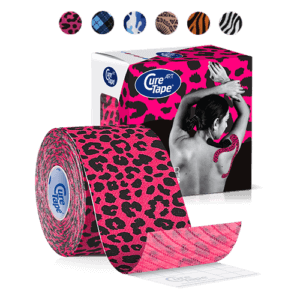 $18.66
In stockSelect options This product has multiple variants. The options may be chosen on the product page
$18.66
In stockSelect options This product has multiple variants. The options may be chosen on the product page -
Standard scissors
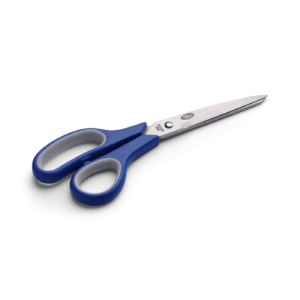 $14.95
In stockAdd to cart
$14.95
In stockAdd to cart
Video on how to tape for toe walking
Tape your feet for toe walking
Professional instructions
- Measure the tape in the stretched position.
- Cut two thirds of the strip of tape into a Y shape.
- Apply the base of the tape under the foot without stretching.
- The client holds the foot in dorsal flexion so that the tape can run over the Achilles tendon.
- The two strips are then applied around the muscle belly of the gastrocnemius up to the origo.
- The tape has an immediate effect, especially in children, you often notice a difference during the treatment.
Instructions for self taping (non-professionals)
- Stretch out the tape before measuring.
- Cut two-thirds of the tape strip into a Y shape.
- Place the base of the tape under your foot without pulling it.
- Bend your foot upward, allowing the tape to run over the Achilles tendon.
- Apply the two strips around the bulging part of your calf muscle up to where it connects.
- You may notice immediate relief, especially in children, as you apply the tape.

Christina’s advice when taping your foot
When taping your foot, it’s crucial to choose a tape that provides strong adhesion and support. That’s why I recommend CureTape kinesiology tape. For regular use, CureTape Classic or Art is ideal. However, since feet can sweat and there’s lots of friction, I recommend to opt for the extra sticky CureTape Sports variant!
Learn how to tape
- The Ultimate Taping Guide: Focuses on self-taping for the 30 most common injuries where taping provides support.
- Kinesiology Taping Method Manual: Designed for (para medical) professionals, covering basic taping techniques and various pathologies.
- Decompressive Taping Techniques Manual: Specifically focuses on lymphatic taping methods for decompression.
What are you waiting for? Order a copy today!
THYSOL is the manufacturer of the kinesiology tape brand CureTape. As CureTape, we have been training and supplying professionals for 25 years. And consumers now know how to find us too! By manufacturing all our tapes in our own factory, we can guarantee the best quality!
Please note that the indicated tape applications and information on our website about the possibilities with kinesiology tape have not yet been scientifically proven. The statements and examples mentioned are based on long-term experiences of patients and trained therapists.Contraindications not to tape: pregnancy, open wounds, broken bones, unexplained complaints, allergies and skin diseases, use of medication such as blood thinners, thrombosis and fever. Always apply tape in consultation with a specialist.

